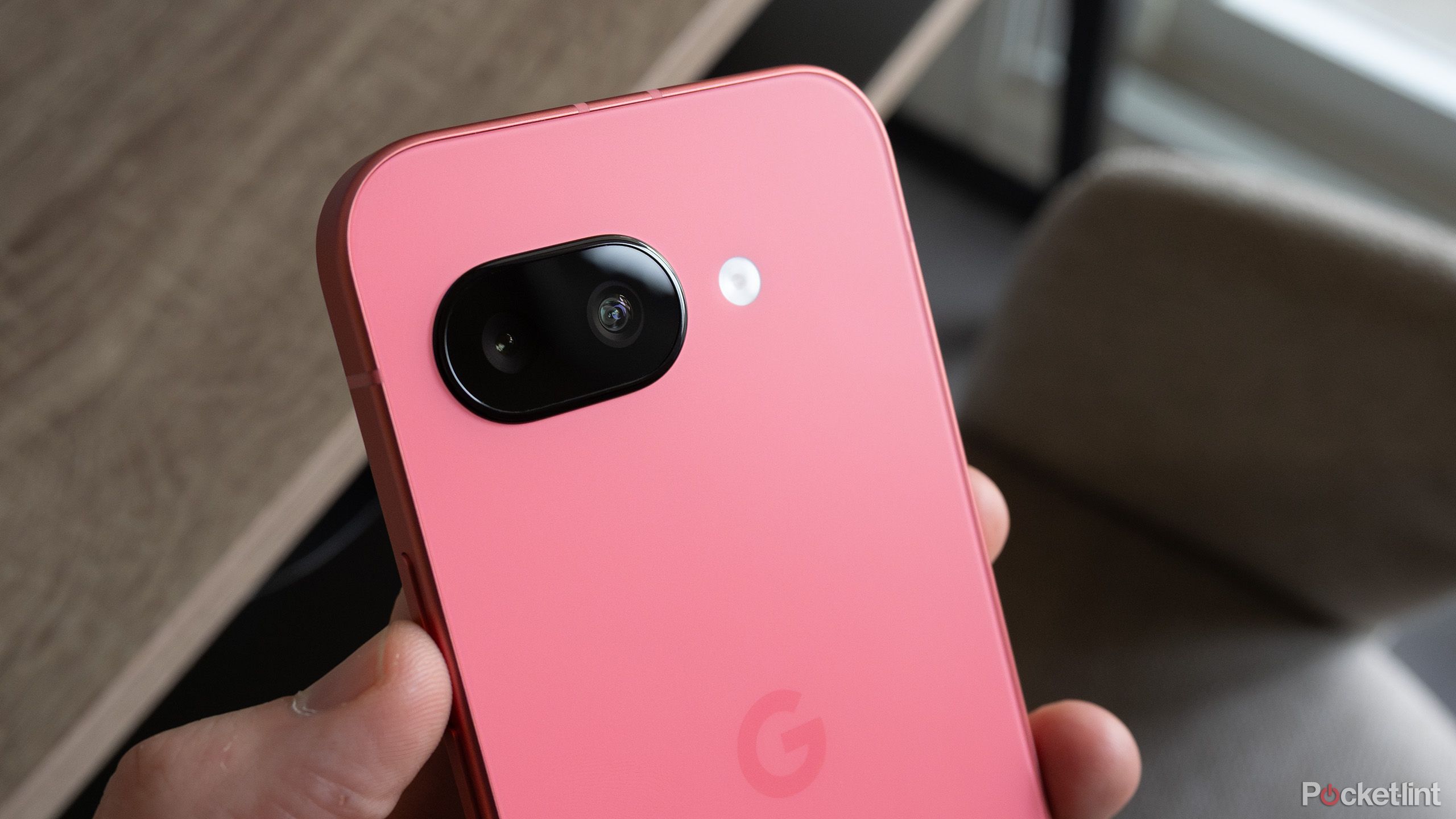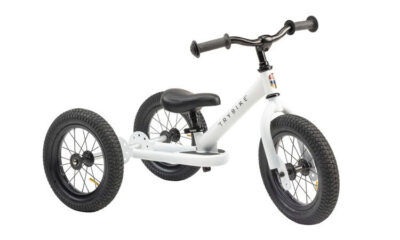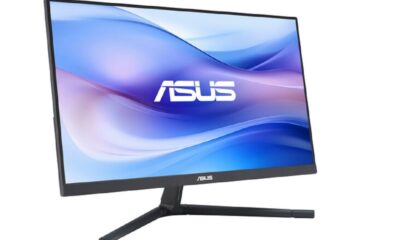Gadgets
5 things to consider before buying new electronics in 2025

Summary
- Tariffs may jack up prices on electronics.
- It’s better to consider used devices or repairing whatever you already own.
- Recent hardware advancements and development trends mean most devices are able to run the apps you need anyway.
It’s easy to be swept up in the allure of new things. A large part of the job of writing about consumer technology is anticipating the future: looking at upcoming releases, checking in on in-development products, and figuring out what’s worth your time. But that also makes it easy to miss how good we have it right now.
You can already have a great experience with an older smartphone, tablet, or laptop — possibly even the one you own right now. And both the last few years of hardware advancements and the current uncertainty around how much any electronics are going to cost in a few weeks, let alone months or years, have made things clear. You don’t need to buy them new. In fact, here are five reasons you’re better off not buying a new smartphone, tablet, or laptop.
Related
4 reasons I’m not ready to switch to a folding phone yet
For as much as I love book-style folding phones, I’m not ready to make the jump to one quite yet – here’s why I’m still rocking a standard handset.
1 Tariffs will make everything more expensive
Some devices just won’t be offered anymore
Pocket-lint / Nintendo
Electronics are inherently global products. They don’t exist without people and companies around the world working together to build them, and they rely on materials from just as many places. As publications like 404 Media have explained, you can’t just build an iPhone in the US because you want to. Manufacturing just doesn’t work like that. The reality that your smartphone “takes a village” comes bundled with the fact that they’re highly dependent on imports, made in one place and shipped to another to be sold.
Imports are also the exact thing the Trump administration has decided to punish in the US, by placing exorbitant tariffs on products from all over the world.
Imports are also the exact thing the Trump administration has decided to punish in the US, by placing exorbitant tariffs (fees to import something) on products from all over the world. At the time of writing, some of those tariffs have been paused, but China, one of the countries that manufactures a large quantity of tech products, is still severely impacted. There have already been immediate impacts, like DIY laptop-maker Framework pausing sales on some of its cheapest computers, Razer ending direct sales of its laptops in the US, and Nintendo delaying pre-orders of the Switch 2.
Not every company will stop sales; some will choose to pass on the extra cost to their customers by implementing higher prices. For that reason alone, it’s safer and cheaper to buy something you can already get without importing, which usually means used electronics.
2 Support for DIY repair continues to grow
It’s getting easier to hold on to devices for longer
The last decade of consumer technology has been defined by beautiful, powerful devices that, because of their designs, are much harder to repair than they should be. Most smartphone, tablet, and laptop makers would prefer to strip your broken device for parts and get you to buy an entirely new one whenever you need a replacement. At least until people started to push back.
Successful campaigns in California and Minnesota have gotten laws passed that require companies to provide ways for products to be repaired by their owners, rather than the company that sold the product in the first place. This “right to repair” movement only becomes more important when it seems like your ability to buy new things might change. Because of these laws, companies like Apple, Microsoft, and Google support one form or another of official self-repair programs. The process is far from perfect, but it’s vastly better than it was before. That makes it a lot easier to recommend keeping the laptop you have now, in the hopes that you can keep it working for a little bit longer.

Related
How to fix an iPhone or Mac on your own with Apple’s Self Service Repair Program
Apple’s Self Service Repair program makes it easy to repair an iPhone and Mac yourself. Here’s what you need to know about it.
3 Most new features are software-based
The best apps are in your browser
Apple
-

 Destination9 months ago
Destination9 months agoSingapore Airlines CEO set to join board of Air India, BA News, BA
-

 Breaking News10 months ago
Breaking News10 months agoCroatia to reintroduce compulsory military draft as regional tensions soar
-

 Gadgets4 months ago
Gadgets4 months agoSupernatural Season 16 Revival News, Cast, Plot and Release Date
-

 Tech News1 year ago
Tech News1 year agoBangladeshi police agents accused of selling citizens’ personal information on Telegram
-

 Productivity12 months ago
Productivity12 months agoHow Your Contact Center Can Become A Customer Engagement Center
-

 Gadgets1 month ago
Gadgets1 month agoFallout Season 2 Potential Release Date, Cast, Plot and News
-

 Breaking News10 months ago
Breaking News10 months agoBangladesh crisis: Refaat Ahmed sworn in as Bangladesh’s new chief justice
-

 Toys1 year ago
Toys1 year ago15 of the Best Trike & Tricycles Mums Recommend


























